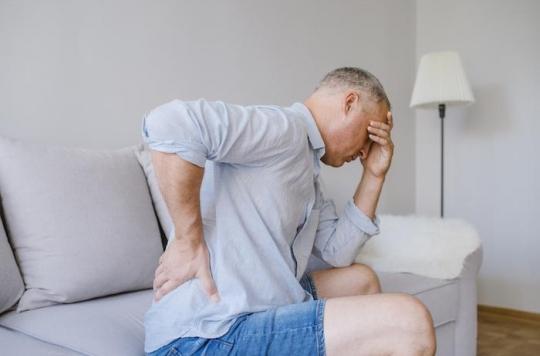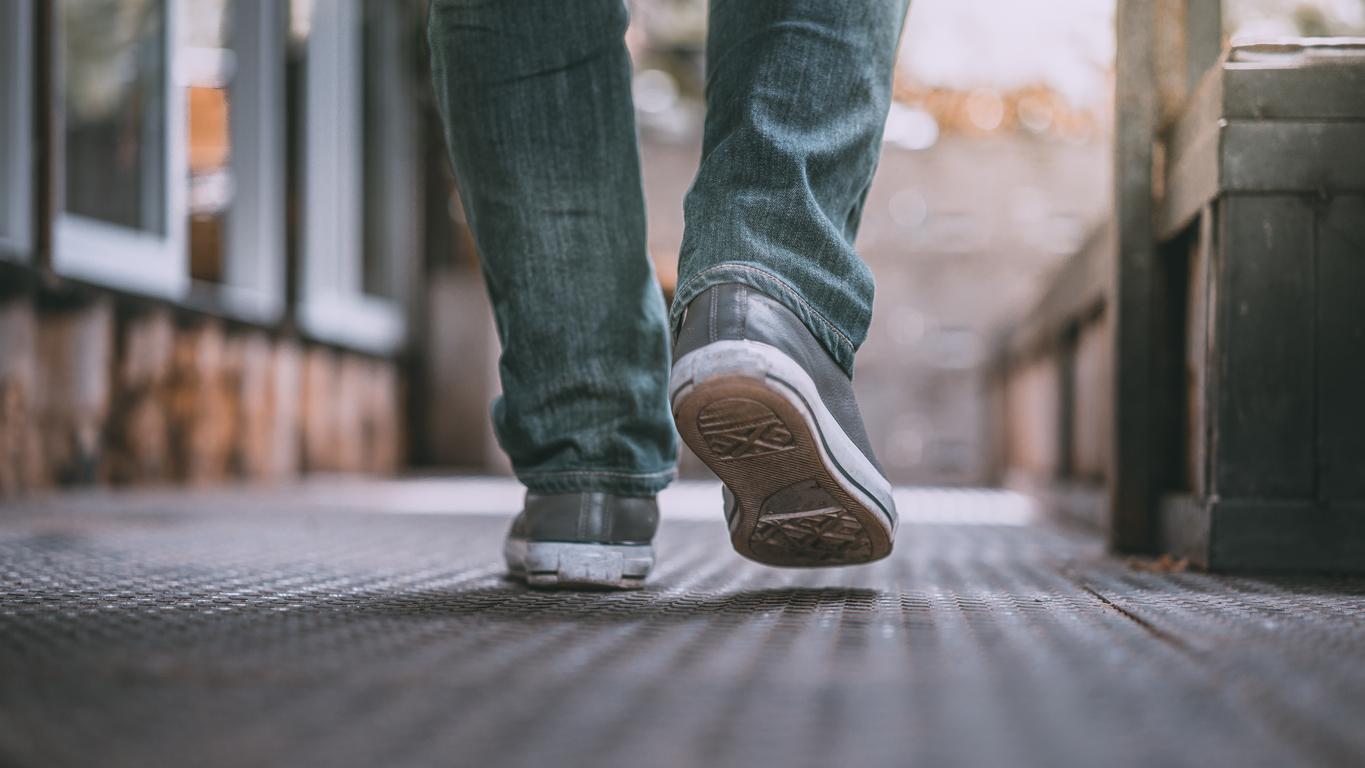In the inflammatory back pain of ankylosing spondyloarthritis without radiological lesion, there would be less inflammatory flare-ups when no attempt is made to interrupt treatment with anti-TNF. An assertion that deserves to be questioned according to Dr Jean-Paul Marre, rheumatologist in Paris.

Ankylosing spondylitis may begin with persistent inflammatory pain in the spine without radiological damage. When the pain is resistant to at least 2 anti-inflammatory treatments at an effective dose, anti-TNF treatment is indicated and most often allows patients to go into remission without back pain.
Usually, this clinical remission lasts for many years under treatment with anti-TNF monotherapy, and the question then arises of interrupting this treatment because it is expensive and is not devoid of infectious side effects. This is already practiced in other inflammatory rheumatisms such as rheumatoid arthritis.
According to a new study funded by the Abbvie laboratory and published in The Lancet, spondyloarthritis in which anti-TNF treatment with adalimumab is continued would have less inflammatory flare-ups than those in which treatment is interrupted: at 68e week, 70% of spondyloarthritis under anti-TNF are free from relapses against 47% in the placebo group.
Efficacy and safety of continuing vs withdrawing adalimumab therapy in maintaining remission in patients with non-radiographic axial spondyloarthritis: findings from the ABILITY-3 trial https://t.co/5xIyecGtsI
– The Lancet (@TheLancet) June 29, 2018
A misleading message
This study, funded by the manufacturer of adalimumab, is biased and can be misleading: it is not because patients have fewer relapses on anti-TNF that you should not try to interrupt this treatment. . Indeed, several studies have shown that at least 20% of patients suffering from axial spondyloarthritis brought into remission on TNF inhibitors could remain in remission 1 year after stopping this treatment.
In addition, all the studies show that when the relapse occurs, the resumption of anti-TNF gives such good results than the first time. Third, the protective effect of anti-TNFs on progression of radiological lesions ankylosing spondylitis is very poorly demonstrated, and it is especially so for spondyloarthritis started very early on anti-TNF or in those who take both anti-TNF and NSAIDs.
So it is perfectly possible to take a “therapeutic vacation” when you have ankylosing spondylitis that has been put into remission on anti-TNF. It is simply necessary that the patient has at his disposal effective non-steroidal anti-inflammatory drugs in case of moderate pain and give him the means to immediately resume anti-TNF treatment as soon as the inflammatory outbreak appears, and therefore clearly define this that is an inflammatory outbreak.
Interruption or reduction of dose
Until now, after the prolonged remission of a spondylitis under anti-TNF, the doctors favored above all a gradual reduction of the dose of the anti-TNF to avoid recurrence. It can be a real dose reduction, or a gradual spacing of doses, which is a bit of the same thing. But the results of the most recent studies show that the interruption is possible, provided a rapid resumption of anti-TNF treatment is planned.
Strategies to be modulated probably according to the type of patient. It is likely that the older the spondylitis, the more active it is, the more the inflammatory syndrome is severe and the more difficult it is to maintain in remission when the anti-TNF treatment is stopped.
Spondyloarthritis that has been progressing since more than 10 years It is therefore more likely to be a reduction or a spacing of the doses than a true interruption of anti-TNF treatment. On the other hand, for a more recent spondylitis, and a fortiori, if there are no radiological lesions yet, nor signs of seriousness, it is necessary to propose instead an interruption of the treatment. As long as you keep NSAIDs handy and take the same anti-TNF at the first signs of the resumption of this chronic inflammatory disease (pain and stiffness in the morning, or even at night).
Based on an interview with Dr Jean-Paul Marre, rheumatologist at CHU Pitié-Salpêtrière, in Paris

.
















